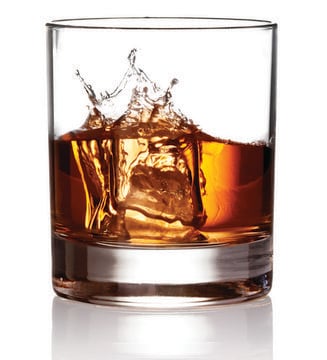W399809
2-Methyl-1-butanol
≥99%, FG
Synonym(s):
2-methylbutan-1-ol, 2-methylbutanol, 2-methylbutyl alcohol
About This Item
Recommended Products
biological source
synthetic
grade
FG
Fragrance grade
Halal
Kosher
Agency
follows IFRA guidelines
meets purity specifications of JECFA
reg. compliance
EU Regulation 1223/2009
EU Regulation 1334/2008 & 178/2002
FDA 21 CFR 110
vapor density
3 (vs air)
Assay
≥99%
autoignition temp.
725 °F
expl. lim.
10 %
refractive index
n20/D 1.410±0.002 (lit.)
bp
130 °C mmHg (lit.)
density
0.819 g/mL at 20 °C (lit.)
0.815 g/mL at 25 °C (lit.)
application(s)
flavors and fragrances
Documentation
see Safety & Documentation for available documents
food allergen
no known allergens
fragrance allergen
no known allergens
Organoleptic
alcohol; whiskey; wine-like
SMILES string
CCC(C)CO
InChI
1S/C5H12O/c1-3-5(2)4-6/h5-6H,3-4H2,1-2H3
InChI key
QPRQEDXDYOZYLA-UHFFFAOYSA-N
Looking for similar products? Visit Product Comparison Guide
Application
<li><strong>Comparative study of two indoor microbial volatile pollutants, 2-Methyl-1-butanol and 3-Methyl-1-butanol, on growth and antioxidant system of rice (Oryza sativa) seedlings.</strong>: This article evaluates the impact of 2-methyl-1-butanol and its structural isomer on the growth and stress responses of rice seedlings, offering insights into the environmental and biological effects of these compounds (Nguyen DK et al., 2024).</li>
</ul>
Signal Word
Danger
Hazard Statements
Precautionary Statements
Hazard Classifications
Acute Tox. 4 Inhalation - Eye Dam. 1 - Flam. Liq. 3 - Skin Irrit. 2 - STOT SE 3
Target Organs
Respiratory system
Storage Class Code
3 - Flammable liquids
WGK
WGK 1
Flash Point(F)
108.5 °F - closed cup
Flash Point(C)
42.5 °C - closed cup
Personal Protective Equipment
Certificates of Analysis (COA)
Search for Certificates of Analysis (COA) by entering the products Lot/Batch Number. Lot and Batch Numbers can be found on a product’s label following the words ‘Lot’ or ‘Batch’.
Already Own This Product?
Find documentation for the products that you have recently purchased in the Document Library.
Customers Also Viewed
Our team of scientists has experience in all areas of research including Life Science, Material Science, Chemical Synthesis, Chromatography, Analytical and many others.
Contact Technical Service

















